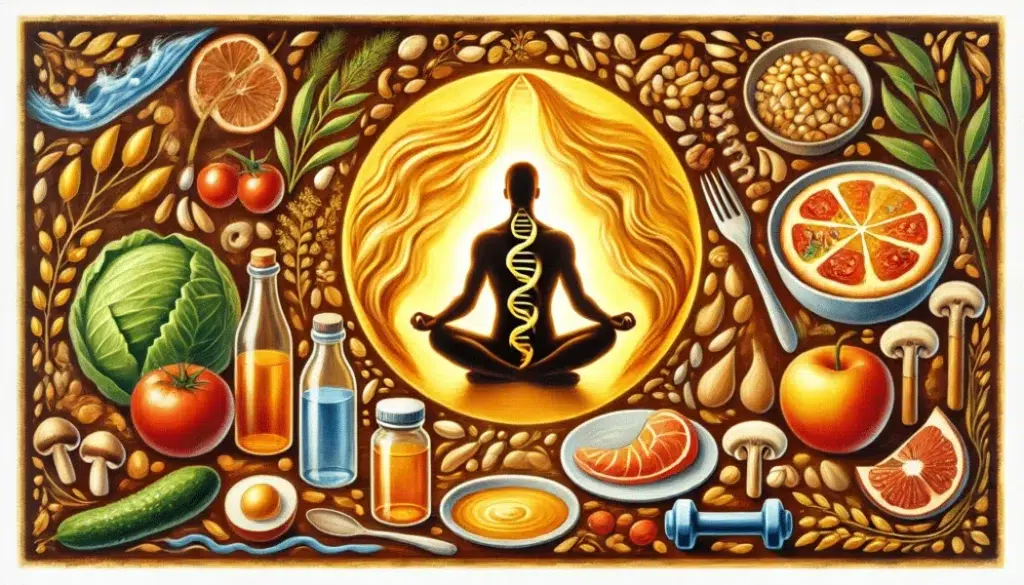🧬 When Hormones Hijack Your Hair: The Real Roots of Hair Loss
Hair loss can be a confusing experience—but often, it’s not just about what’s happening on your scalp. It’s what’s going on inside your body. Hormonal shifts caused by age, genetics, or menopause play a huge role. These factors? You can’t control them. But that doesn’t mean you’re powerless.
Then come the everyday lifestyle saboteurs. 🍷 Overdrinking, 🥡 junk food, 🚬 smoking, no exercise, and stress overload—all of them throw your hormones into chaos. Living in a cloud of urban pollution doesn’t help either. But here’s the good news: when you eliminate these fixable triggers, hormone therapy can actually work better. Think of it as essential prep work for long-term hair restoration.

Knowing whether your hair loss is genetic or lifestyle-driven changes everything. If it’s inherited, one strategy applies. If it’s habit-based, another approach wins. Either way, pinpointing the cause boosts the effectiveness of any hormonal therapy.
Sure, a walk around the block or cutting back on beer might sound like nothing—but it’s everything. 🌿 Small lifestyle shifts compound.
And guess what? You’ve got options your grandparents didn’t. Modern hormone therapy backed by smarter habits? That’s how we win today.
💊 Principles and Possibilities of Hormone-Based Hair Restoration
Hormone-based therapies are gaining traction as a scientifically backed solution for hair restoration. These approaches aim to rebalance your internal hormone environment and stimulate hair regrowth—offering renewed hope to those battling thinning strands.
💡 One of the most effective tools in this category is the use of DHT blockers. Dihydrotestosterone (DHT) is a known culprit in androgenetic alopecia, especially among genetically predisposed individuals. Blocking DHT doesn’t just slow hair loss—it can actually pave the way for new growth.
💊 Hormonal therapies come in many forms:
– Oral supplements that adjust systemic hormone levels
– Topical treatments that act locally on the scalp
– Estrogen and testosterone therapies tailored to specific needs

🌿 Estrogen helps extend the anagen (growth) phase of hair, making it particularly useful in female-pattern thinning. On the other hand, testosterone balancing can support hair recovery in men, especially when carefully monitored.
But let’s be clear: these aren’t quick fixes. Results often require time, follow-up, and medical guidance. Still, success stories are multiplying, and the research is increasingly on your side.
👨⚕️ The smartest move? Get a personalized plan. Partnering with a knowledgeable physician ensures your hormone therapy aligns with your unique biology and goals—maximizing your odds for long-term success.
🌿 Influential Factors: Why Lifestyle Still Matters in Hormonal Hair Regrowth
Reversing hair loss caused by hormonal imbalance isn’t just wishful thinking anymore. With advanced therapies and a smart lifestyle game plan, real results are on the table. But here’s the catch: it’s not just about hormones—it’s about everything around them.
Think of hair regrowth like solving a puzzle. 🧩
Each healthy habit—stress relief, mindful eating, quality sleep—is a puzzle piece that supports your body’s balance. And when combined with hormone therapy, that puzzle starts to look a lot like progress.

💬 Countless real-life stories back this up.
Take Rita, for example—she committed to yoga, improved her sleep, and followed her doctor’s hormone regimen. The result? A thicker, healthier head of hair she hadn’t seen in years. Coincidence? Not likely.
🧘♀️ The truth is: the odds increase when you treat hair loss as a whole-body issue.
And yes—you can regrow hair after hormonal therapy, but patience is key. Most people see results gradually, over months—not overnight.
Don’t chase miracle timelines. Chase consistency. Results don’t look the same for everyone, but with the right treatment and lifestyle synergy, you’re putting the odds in your favor.
🌺 Effective Strategies for Long-Term Hair Health with Hormonal Therapy
When it comes to lasting hair health, one truth holds strong: hormone balance is the backbone. Estrogen and testosterone both play key roles in the hair growth cycle—and knowing how they interact in your body is where your journey begins. 🌿
Balancing these hormones through guided therapy can create a powerful shift in your scalp’s environment—but let’s be clear: this isn’t magic overnight. It’s a long-game that rewards consistency, not quick fixes.
💪 Want to give hormone therapy the best chance to work?
Pair it with intentional lifestyle choices:
– Regular movement and exercise
– A diet rich in vitamins, protein, and healthy fats
– Minimizing toxins like alcohol and tobacco
These aren’t accessories to treatment—they’re part of the treatment. Think of them as co-pilots guiding you to long-term success.

🧠 Stay aware of how your body responds.
Some may notice mood changes, fatigue, or shifts in appetite during hormone therapy. That’s normal—but it’s also a cue to keep communication open with your healthcare provider. Personalization is key.
✨ The most powerful approach? A holistic mindset.
When mental health, nutrition, movement, and hormone therapy align—results don’t just come… they stay. Because true restoration isn’t only about regrowing strands. It’s about restoring balance in your whole being.
🧭 Final Thoughts: Your Hair Journey Starts From Within
Hair loss isn’t just a cosmetic issue—it’s often a reflection of deeper shifts within the body. Hormones, lifestyle, stress, nutrition… they all speak through the strands on your head. But here’s the good news: you’re not at the mercy of it all.
Thanks to modern science, targeted therapies, and a deeper understanding of how body and mind work together, you’re more empowered than ever.
Whether you’re considering DHT blockers, estrogen support, or a full lifestyle reset—the path to healthier hair is already under your feet.
Take small steps. Be patient. Ask questions. Listen to your body.
And remember: what works isn’t always loud or instant. Sometimes, the quiet daily shifts are the ones that change everything.
Stay with us — the best is yet to come.
By following our advice, you’re doing the most you can for your hair.
Be the first to know when we publish new guides, tests, and proven strategies for stronger, healthier hair.
👉 Visit the About Me page to learn more about my journey, mission, and why helping people with hair health is so personal to me.
Want healthier, stronger hair? Discover 8 science-backed habits that protect your scalp and boost natural growth. Get your free PDF guide today!
Disclaimer: This article is for informational purposes only and is not a substitute for professional medical advice. Sensitive claims are supported with scientific references, and full product details can always be found on the official websites of the respective manufacturers or distributors.
Some links in this article are affiliate links. If you choose to make a purchase through them, I may earn a small commission at no extra cost to you — helping me keep HairGrowGenius running. Thank you for your support!

💉 FAQ – Hormonal Therapy for Hair Restoration
🧠 How do hormones like estrogen and testosterone affect hair growth?
Estrogen helps keep hair in the growing phase longer, making it especially beneficial for women. Testosterone itself isn’t the enemy, but when it converts to DHT in genetically sensitive individuals, it can shrink hair follicles and speed up hair loss. Balancing these hormones through therapy can support regrowth.
💊 Can hormonal therapy really reverse hair loss?
In many cases, yes — especially when the hair loss is hormone-related. Treatments that block DHT or rebalance estrogen/testosterone levels can help restart growth. But success depends on timing, genetics, lifestyle, and consistency. It’s a tool — not a miracle — and works best as part of a broader plan.
🧘♀️ What lifestyle changes can improve hormonal therapy results?
Reducing stress, eating nutrient-dense foods, exercising regularly, and avoiding smoking and excessive alcohol all support hormonal balance. These changes don’t just help hair — they make hormone therapy more effective. Think of it as optimizing your body’s environment for growth.
❓ Is hormonal therapy effective for all types of hair loss?
Not always. Hormonal therapy is mainly used for androgenetic alopecia and may not be effective for hair loss caused by stress, autoimmune conditions, or poor nutrition. That’s why combining hormone regulation with holistic hair care—including nutrition, anti-DHT shampoos, and stress-reducing supplements—often gives the best results.
→ See our guide to stress-related hair loss and how to treat it naturally.
🧾 Last updated: June 2025 based on latest research.


Leave a Reply